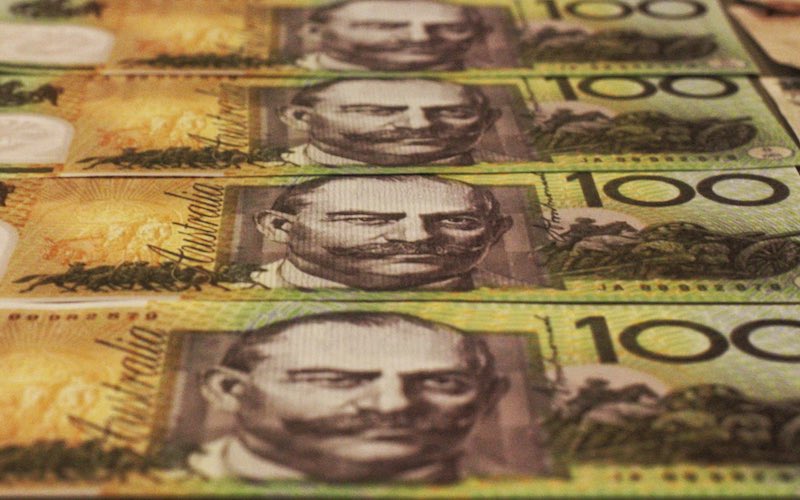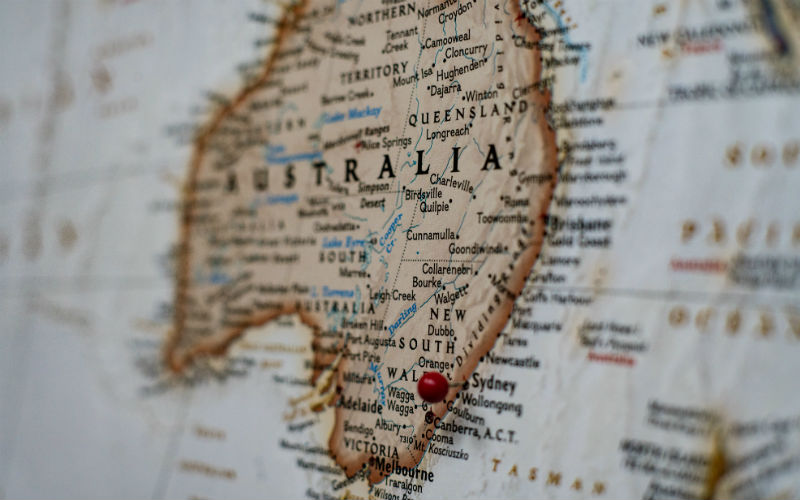Australians put just over $36.2 billion on their credit cards in November 2023, less than $500 million more than October, despite the month considered a strong spending one.
Balances accruing interest declined further to $18.2 billion.
The results are even more benign when cards on issue are taken into account; 15.723 million credit cards were on issue in November, a rise of around 73,000 from the month prior.
Also released on Friday was the ABS' monthly household spending indicator for November.
The overall index was up 3.1% compared to 12 months ago, with the bulk of that uplift going towards non-discretionary spending.
“Non-discretionary spending rose 5.8% compared to November [2022], as spending on transport and health increased by 8.3% and 7.8% respectively," said Robert Ewing, ABS head of business statistics.
Due to strong population growth, in per-person terms the results are even weaker.
"Real annual growth in consumer spending could have gone negative in the last quarter," AMP chief economist Dr Shane Oliver said.
"It also shows that while non-discretionary spending rose 5.8% year-on-year, cost of living pressures saw discretionary spending growth virtually stall at just 0.3% year-on-year."
Retail trade posted a 2.0% rise to $36.5 billion in November, which the ABS attributed to Black Friday sales.
Many consumers "pressed pause" on spending in October for the sales, and early data suggests they did the same in December.
"Our Westpac card tracker points to a clearer let-down in spending momentum post Black Friday. How far this will translate into softer measured retail turnover is unclear, but it is consistent with a weak consumer sector," Westpac economist Ryan Wells said.
The bargain-hunting nature of Black Friday, while boosting overall figures, could translate to lower unit prices.
"The growing popularity of Black Friday sales over recent years means that its influence on retail trade and seasonal patterns has been increasing over time," said Gareth Aird, CBA's head of Australian economics.
"Indeed the event has evolved to be more than just a few days for many retailers in November. In 2023 a lot of retailers were labelling their sales events as ‘Black November’."
For many economists, the weak retail and spending data, and tempering inflation, are enough to support the case for an RBA rate pause in February.
On the home lending side of the ledger, figures were buoyant in November, which could support households' confidence to spend in 2024.
"Conditions [are] not being especially restrictive from the perspective of new lending demand," said Tapas Strickland, NAB's head of market economics.
"In terms of flow through to the broader economy, housing momentum if sustained would act to support consumer spending in 2024, adding to notions of a soft-landing."
NAB's economic group remains one of the few to forecast an RBA hike in February.
Photo by Markus Spiske on Unsplash



 Denise Raward
Denise Raward



 Harrison Astbury
Harrison Astbury

